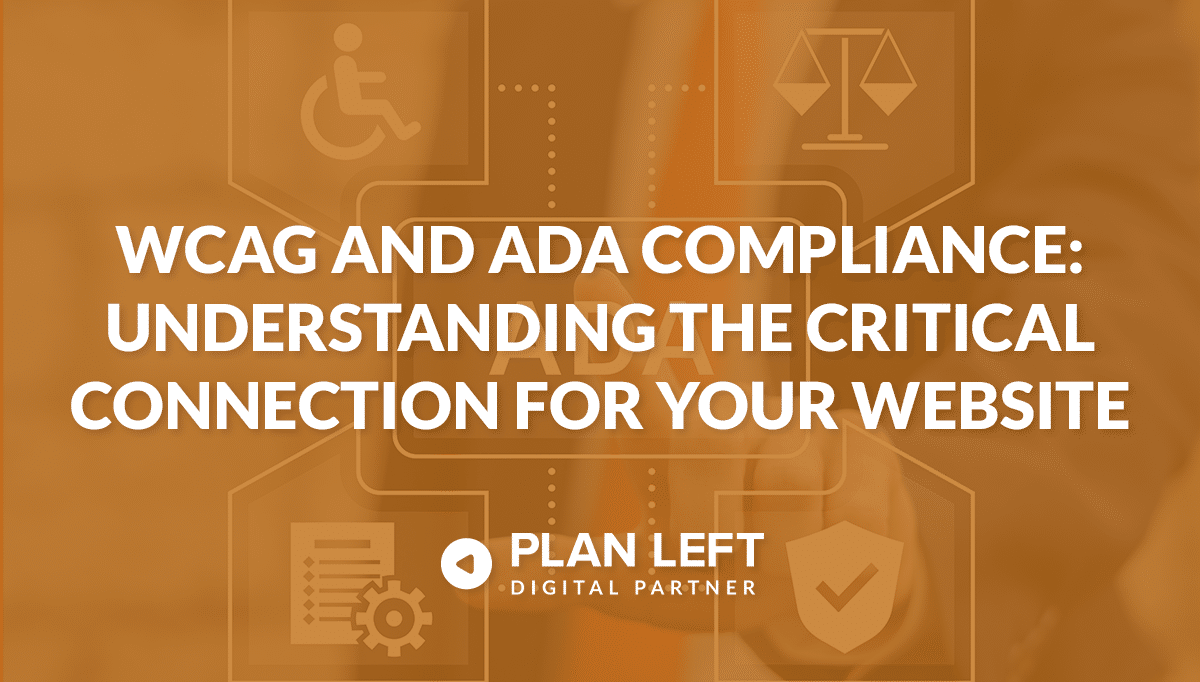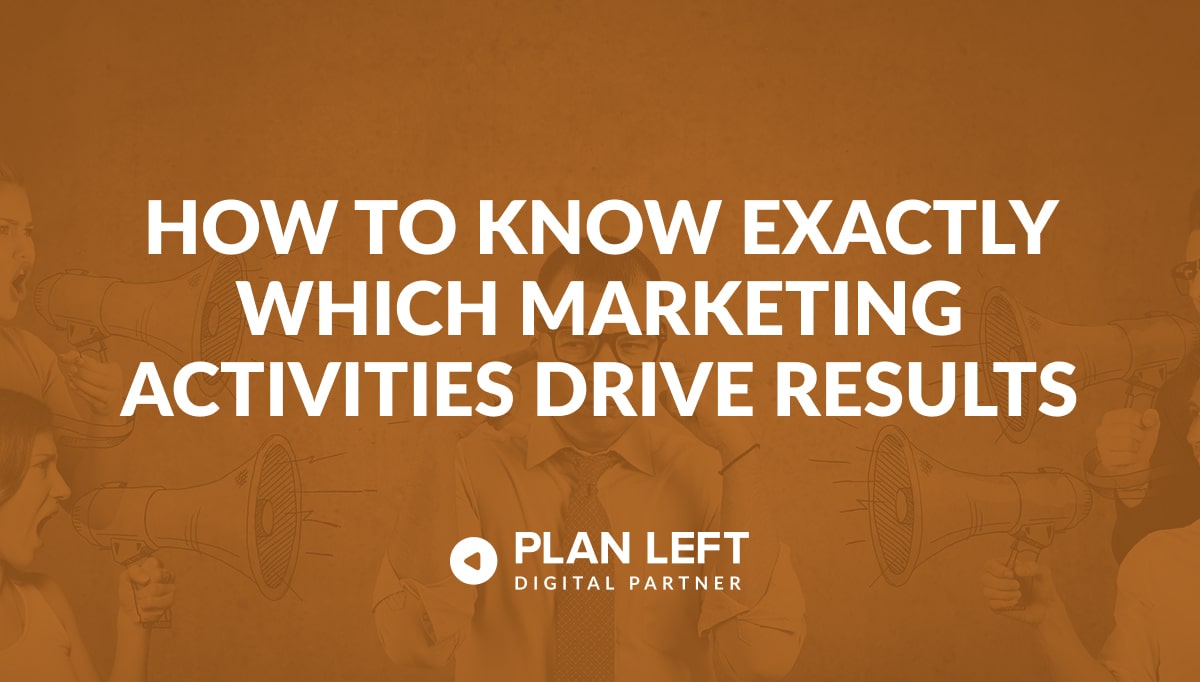
Creating an accessible digital experience is no longer optional. For businesses operating in the U.S., the Americans with Disabilities Act (ADA) sets the legal foundation for accessibility, while the Web Content Accessibility Guidelines (WCAG) provide the technical roadmap. Together, they ensure websites are inclusive for all users.. But how do these two standards intersect, and what does this mean for your business? Let’s explore their connection and how you can achieve compliance.
The Foundation: WCAG’s Role in ADA Compliance
WCAG, developed by the Web Accessibility Initiative (WAI) of the World Wide Web Consortium (W3C), is an internationally recognized set of guidelines designed to make web content accessible to people with disabilities.
These guidelines are organized around four key principles with the acronym POUR:
- Perceivable
- Operable
- Understandable
- Robust
These standards ensure that websites are usable across a wide range of abilities and assistive technologies.
How WCAG Guidelines Support ADA Requirements
While WCAG is not a law, it serves as the de facto standard for ADA compliance in digital spaces. The ADA prohibits discrimination against individuals with disabilities and extends to websites under its Title II (state and local governments) and Title III (public accommodations).
Courts and the Department of Justice (DOJ) often reference WCAG Level AA as the benchmark for determining whether a website meets ADA requirements.
Current Standards and Compliance Levels
WCAG 2.1 Level AA is currently the most widely accepted standard for ADA compliance, though WCAG 2.2 was released in 2023 with additional updates to improve accessibility further.
Compliance levels are categorized as A (basic), AA (mid-level), and AAA (advanced), with Level AA addressing the most critical barriers to accessibility without imposing undue burden on developers.
What These Standards Mean for Your Business
Adhering to WCAG guidelines not only helps you meet ADA requirements but also positions your business as inclusive and forward-thinking. By prioritizing accessibility, you reduce legal risks, expand your audience, and enhance user experience for everyone.
Essential WCAG Guidelines for ADA Compliance
Perceivable Content Guidelines
- Provide text alternatives (alt text) for images to ensure visually impaired users can understand visual content through screen readers.
- Offer captions and transcripts for multimedia content like videos or podcasts to accommodate users with hearing impairments.
- Use high-contrast color schemes to improve readability for users with low vision or color blindness.
Operable Interface Requirements
- Ensure all site functionalities are accessible via keyboard alone, allowing users with motor disabilities to navigate without a mouse.
- Avoid features like flashing animations that could trigger seizures or other health issues.
Understandable Information and Interface
- Use clear, simple language in your content to accommodate users with cognitive disabilities.
- Provide instructions or error messages that help users complete forms or navigate complex processes easily.
Robust Content and Reliable Interpretation
- Use semantic HTML to ensure assistive technologies like screen readers can interpret content accurately.
- Design websites that function seamlessly across various browsers, devices, and assistive tools.
Meeting Compliance Requirements in Practice
Assessing Your Current Compliance Level
Start by conducting an accessibility audit using automated tools combined with manual testing by experts. This will help identify gaps in compliance with both WCAG guidelines and ADA requirements.
Common Compliance Gaps and Solutions
Some frequent issues include missing alt text, inaccessible forms, poor color contrast, and lack of keyboard navigation support. Address these gaps systematically by prioritizing fixes that have the greatest impact on usability.
Documentation and Policy Requirements
Develop an internal policy outlining your commitment to accessibility. Document your efforts toward meeting WCAG standards—this can serve as evidence of good faith if legal challenges arise.
Tools and Resources for Implementation
Leverage tools like accessibility checkers or browser extensions to identify issues quickly. Partnering with accessibility consultants can also help ensure thorough remediation.
Maintaining Standards and Future-Proofing Your Website
Accessibility is an ongoing process rather than a one-time project. Regularly test your website using both automated tools and manual reviews to ensure continued compliance as new content is added or updates are made.
Stay informed about changes to WCAG guidelines or ADA regulations in order to maintain your website’s compliance. For example, organizations should start preparing now for potential updates requiring WCAG 2.2 Level AA compliance by 2026.
To really future-proof your website, incorporate regular education on accessibility best practices so your team can incorporate these principles into daily workflows—from design to development to content creation.
Bridging Legal Standards with Inclusive Design
The relationship between WCAG guidelines and ADA website compliance underscores a simple truth: accessibility benefits everyone. By aligning your website with these standards, you’re not just avoiding legal risks—you’re creating a better digital experience for all users while demonstrating your commitment to inclusion.
Take proactive steps now by auditing your website, addressing gaps, training your team, and staying ahead of updates. Accessibility isn’t just about meeting regulations; it’s about leading the way in innovation and inclusivity.
Explore Latest Posts
Why Competing on Price Is Killing Your Margins (And What to Do Instead) When a prospect asks "how much do ... read more
December 25, 2025
The Hidden Cost of Marketing Agencies: Why Building In-House Capabilities Matters Marketing agencies solve an immediate problem: you need marketing ... read more
December 23, 2025
How to Know Exactly Which Marketing Activities Drive Results You're investing in marketing. Social media posts go out regularly. Email ... read more
December 18, 2025
Essential Strategies for Entrepreneurs
Get Actionable Business Insights & Marketing Tips
Our newsletter delivers real-world strategies from entrepreneurs who’ve been exactly where you are.
Sign up now for:
- Actionable growth strategies that work
- Insider tactics for attracting top talent
- Real-world case studies from successful founders
- Emerging tech trends that drive innovation
- Pragmatic marketing approaches for visionary leaders




